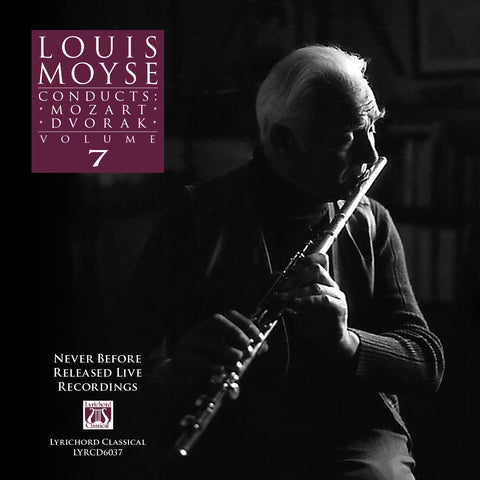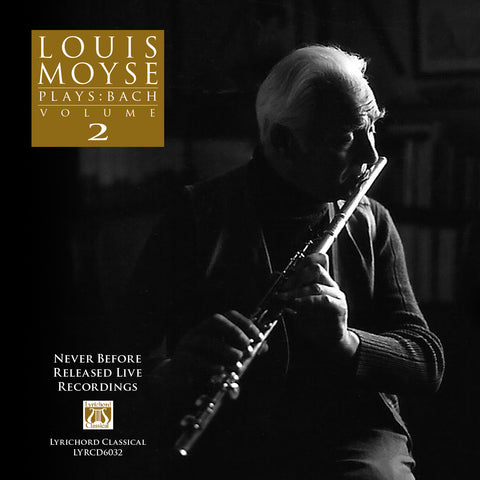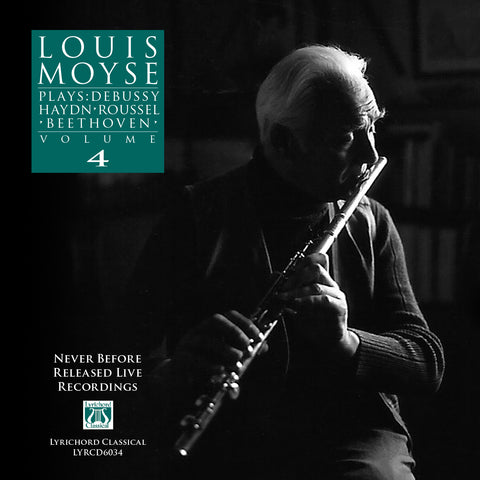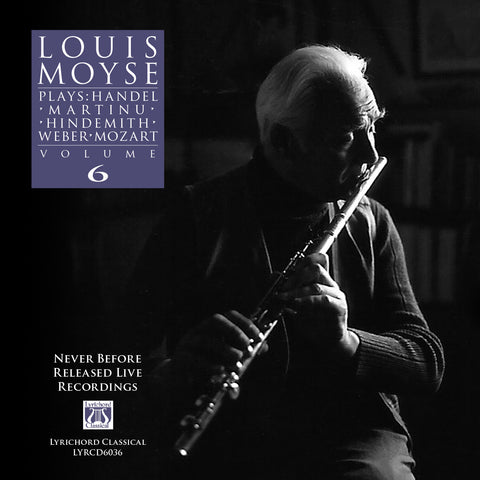
Home-Made Banjos and Guitars of Southern and Central Malawi DOWNLOAD ONLY MCM-4014
Digital Download available from your favorite site including
Download free liner notes below
It has been for more than half a century that musicians of different backgrounds in Malawi have been attracted to playing banjos, sometimes solo, sometimes in small groups. In 1946 James Kachamba, father of the renowned Kachamba Brothers, formed a musical group in Zomba playing Dobro guitar and his friend Damiyano Chipala on a factory-made American banjo. James had just returned from Burma as a soldier in World War II. In the post-war era, banjos were turning up all over southern Africa, in South Africa, and in Northern and Southern Rhodesia (now Zambia and Zimbabwe) and in Nyasaland (Malawi).In the 1960s factory-made and imported banjos became expensive and rare, and increasingly, youngsters began to make banjos themselves in the villages and townships. In 1964 David Rycroft recorded a Zulu boy in South Africa playing igqongwe – the local name of a home-made banjo with an oil can-resonator (Rycroft 1982). This type of banjo was very common in southern Africa and is still played today. The history of southern African banjos is also linked to the guitar.
With banjos and acoustic guitars no longer available in stores, young adults and teenagers found ways to construct such instruments wherever they lived, using a variety of materials. The result was a surge in technological invention; everyone was trying to experiment, and so we find in Malawi many different types of home-made banjos and also a great variety of playing styles and techniques. It all depends on the place where these youngsters come from and where they have learned their art.
We Also Recommend








